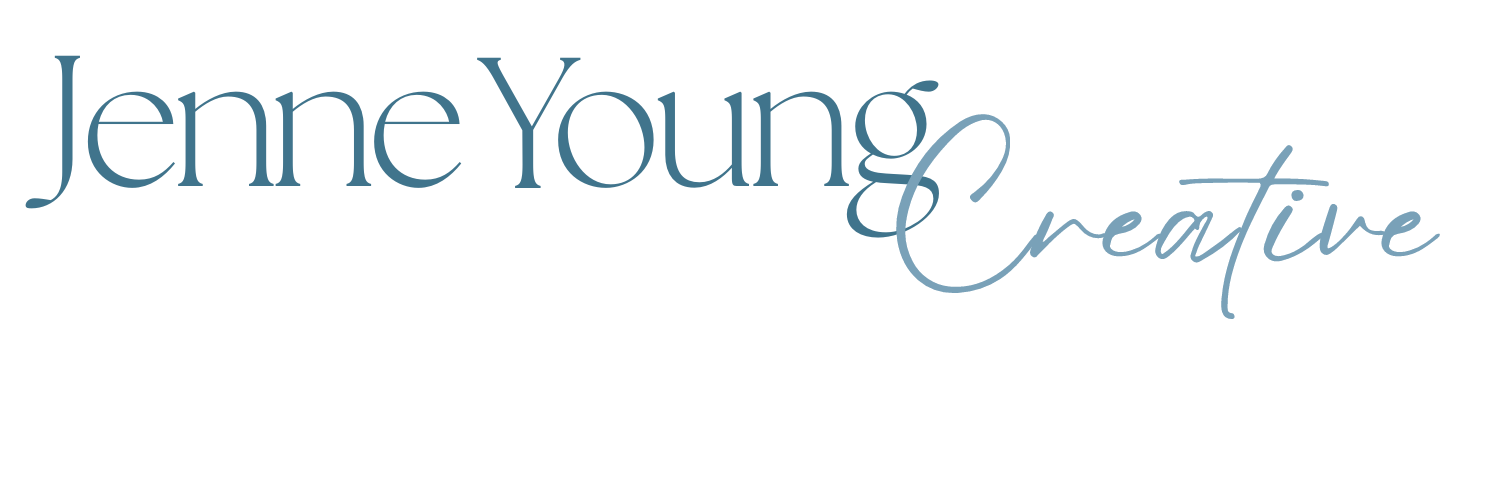How to strategically use color to enhance the power of your website.
Color is a power that directly influences the soul.
Wassily Kandinsky
What your website colors communicate
When working with clients, they often want to use colors they like, which is entirely natural. However, when designing a website with specific objectives, understanding the psychological impact of colors is critical, as it can influence your visitors' perceptions and behaviors. Here is an overview of how colors affect emotions:
Red.
Red is bold and tends to create energy in the viewer. It can also create a sense of urgency. Because it is attention-grabbing, it can be effective in encouraging action, making it a popular choice for sales and promotions.
Blue.
If you want potential clients to see your brand as trustworthy and reliable, consider dark to medium blue. This will help convey a sense of stability and calmness, making it suitable for financial institutions and tech companies. In contrast, the lighter, more pastel blue colors can evoke the feeling of calm, and they are often a good choice for wellness or yoga websites.
Green.
Green is the color of nature, so it is often a perfect choice to evoke an eco-friendly or natural vibe. It is a good choice for promoting services and products associated with health, sustainability, and well-being. This color is often used in the health and organic industries. Even though it might seem like the perfect pick for gardening or landscaping, I suggest clients go easy on the green, as their images will most likely have an abundance of green. So, instead, I recommend a color that will complement the green and evoke a positive, welcoming energy. See below.
Yellow.
This color is perfect for infusing energy and positivity into your brand. It's excellent for promoting optimism and catching your visitor's eye. Too much yellow can be overwhelming, so use it strategically to highlight key sections on your website.
Orange.
Harness the enthusiasm and creativity associated with orange to create a vibrant and energetic brand image. This color is particularly effective for brands aiming to stand out and be memorable. Consider pairing it with pink or pale blue.
Purple.
When we see purple, we often think of royalty. It is an elegant, high-end color. Purple is an excellent choice if you want to convey luxury and sophistication. It's frequently used on websites to promote high-end products and suggests exclusivity.
Pink.
Many colors have two personalities – the introvert and extrovert. Pink has this in spades. Soft pink evokes feelings of tenderness and nurture. It's a popular choice in industries targeting a female audience or babies and can add a touch of sweetness to your brand. Bright or hot pink communicates boldness, is sassy, and grabs attention.
►The minimalist tones
Brown.
Use the earthy tones of brown to communicate reliability, stability, and a down-to-earth vibe. It's ideal for brands promoting natural or handmade products.
Black.
Project elegance, authority, and power with black. It's a classic choice for luxury brands and can add a touch of sophistication to your marketing materials. It is also a good choice when you want your photography to stand out in a gallery.
White.
Leverage the purity and simplicity of white to create a clean and modern brand image. It's often used in minimalist design and can convey openness and transparency.
Gray.
Combining black and white, gray is the best of both worlds. Gray can be warm, but it can also be cool and aloof. A light grey is a nice contrast to white and is the perfect choice, providing a soft contrast that lets your fonts and images stand out.
Beige.
This easygoing color is calm, trustworthy, and comfortable—with a touch of elegance. It communicates dependence, conservatism, and flexibility. It is a nice background color and a nice contrast to the bolder colors. However, because it is a relaxing color, too much beige can be a bit boring, so use it to create a visual resting space on your site.
In Summary
I have shared basic guidelines, but as with anything, there are always exceptions to the rules. You want to keep in mind your objectives, brand, competitors, and the demographics of your audience. Also, consider cultural preferences and industry standards when incorporating colors into your marketing strategy. It is always a good idea to test and analyze the effectiveness of color choices based on your target audience. I hope you found this helpful and now go have fun with color!


